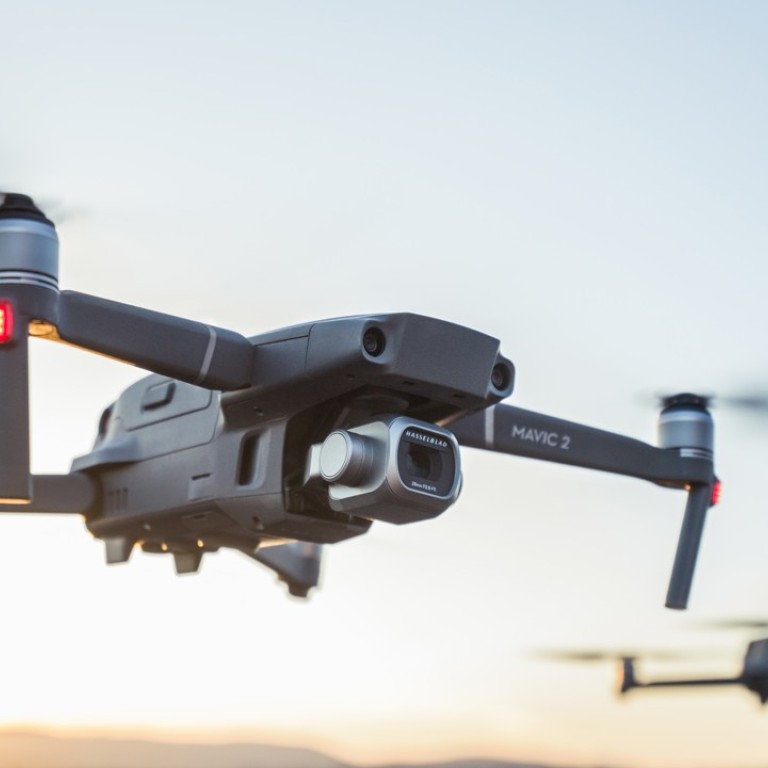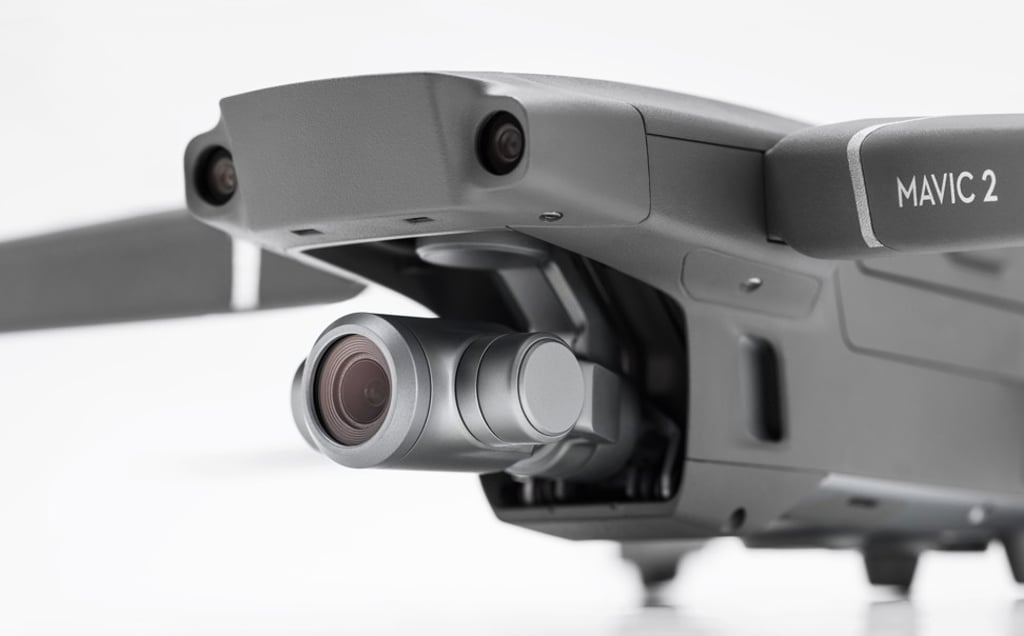Drones are getting smarter: Mavic 2 models now come with new zoom and pro cam capabilities

DJI’s latest drones integrate Hasselblad camera, offering images with top-quality light and colour and zooming capacity equal to a telephoto lens
DJI has announced two new top-of-the-line models of its Mavic 2 drones: the Mavic 2 Pro, which offers image quality relevant to a professional camera, and the Mavic 2 Zoom, which offers zooming capacity comparable to a 96mm telephoto lens.
Designed for professionals, aerial photographers and content creators, the Mavic 2 Pro incorporates the Mavic Pro folding design, featuring a flight time of up to 31 minutes and a more stable video transmission system. Co-engineered in partnership with Hasselblad, the integrated camera offers outstanding image quality with superior light and colour performance.
Compared to its predecessor, the Mavic 2 Pro captures four times as many levels of colour per channel. It takes 20-megapixel aerial shots with outstanding colour accuracy using Hasselblad’s unique technology, while its adjustable aperture from f/2.8-f/11 provides more control across a wide variety of lighting conditions. With 4K 10-bit HDR support, the Mavic 2 Pro can be plugged into a 4K TV with HLG (hybrid log gamma) and will play back footage with the right colour tones.
Another new model, Mavic 2 Zoom, is DJI’s first foldable consumer drone that offers optical and digital zoom capabilities powered by a 1/2.3-inch CMOS sensor. By combining 2x optical zoom (24-48mm) with 2x digital zoom, it simulates a 96mm telephoto lens that captures video in full HD resolution. It also features hybrid auto-focus for higher focus accuracy, increasing the focus speed of up to 40 per cent faster than previous models.
Apart from taking 12-megapixel photos, the drone can use optical zoom to automatically capture and stitch nine photos together for a highly detailed 48-megapixel image.
Another new feature of Mavic 2 Zoom is the Dolly Zoom QuickShot mode, which automatically zooms in as it flies away from its subject, keeping the subject the same size while the full background of the scene is revealed.

